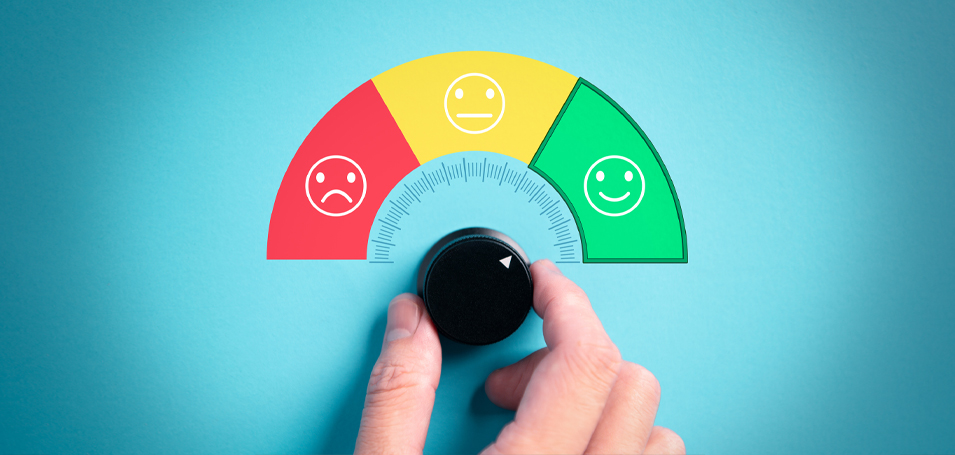SaaS businesses understand the value of customer training and customer retention. That’s why so many have invested in customer success teams to improve the onboarding experience and help reduce churn. According to Forrester principal analyst, TJ Keitt, customer success went mainstream in 2018, with 44,000 Customer Success Manager (CSM) roles posted on LinkedIn alone, a 560% increase in the number of postings year-over-year.
While 2018 was a year for customer success managers to build out their teams and begin developing KPIs, 2019 was the year to think of customer success as a growth engine. With businesses spending anywhere from five to 25 times more to acquire new customers versus retaining existing ones, reducing churn through better customer training is a high priority for any SaaS Customer Success Manager interested in increasing lifetime value and improving Net Promoter scores.
According to Adam Avramescu, a Customer Education leader and author of Customer Education: Why Smart Companies Profit by Making Customers Smarter, “Customer Success Managers are instrumental in guiding customers along their journey and helping to find new paths to value with your product…But your CSMs can’t help your customers realize more value if they’re spending all their time doing onboardings and answering basic product questions.”
So how do these relatively new customer success teams scale to deliver a customer onboarding and customer lifecycle experience that not only decreases time to value but reduces churn?
Customer Training Content
1. Offer a variety of customer training types
Based on our 2019 Customer Training Trends Report, a majority of survey respondents believe their customers are not getting enough training. 34% of respondents believe that only half to three-quarters of their customers get enough training to use their product or products well and 55% believe adequate training reaches less than 50% of their customers.

Every customer and learner are different. Follow these guidelines to ensure the best customer training experience for all your users:
- Offer multiple training types such as on-demand recorded videos or visual guides such as documentation in different lengths and make them available across devices.
- Keep your personas in mind, from admins to power and occasional users. Each requires a different level of training content to stay engaged.
- Provide use-case content, such as customer case studies revealing how they used your SaaS product to achieve different business results. Also consider incorporating micro-content on key or unknown features that can reveal a new use or application for a feature your users hadn’t previously thought about. This can also increase adoption and reduce churn.
- Make your training resources easy to access. Whether sharing via email, embedded within your product, through your support site, or knowledge center, customers should not have to search hard when and where they need them. Scaling your content to be available 24/7 across timezones is much easier than scaling your team.
With better customer training programs, all companies derive value through increased sales, lower support costs, stronger customer loyalty, better customer retention, and increased customer satisfaction.
Customer Training and the Customer Experience
2. Go through your customer onboarding process with fresh eyes
Your customer marketing efforts to deliver educational content to customers are just as important as the customer training materials themselves. Be sure you haven’t developed an “outdated content, everywhere” situation. With training content being created by multiple departments, divisions or regions that live across your website, YouTube, your online Academy or Knowledge Center, it may be hard to maintain and manage version control.
Review your customer’s buying journey regularly to ensure:
- All teams are referring to your brand appropriately and consistently and your communications are not assuming the customer is familiar with all your inside terms or acronyms.
- Your automated emails have clear call to actions and next best actions don’t leave customers confused or wondering what to expect. “Thank you for subscribing. Your first training lesson, “xyz” will take 5 minutes and you may access it here.”
- Your confirmation email thanks people for signing up to your software, AND contains the most accurate, updated information about setting up their account. Check those hyperlinks. Have any training resources moved?
Customer Engagement Data to Improve Customer Training
3. Identify at-risk users of your SaaS
Another way to improve customer training is to collect data on the usage of your software to identify at-risk users. If you’re always in “save the kittens” mode, it’s typically too late as your customer has probably been feeling the pain for months by the time you realize there is a problem. Don’t wait for your customers to threaten cancellation of their subscription before you begin your attempts to retain them. Software firms such as Revulytics offer product usage analytics across the customer lifecycle journey informing you which areas of your software appear most difficult to use and where you could improve training materials.
When it comes to reducing SaaS customer churn, these three additional steps in your customer training program will help you build loyalty and additional advocates.
Download the 2020 State of Customer Training Report and learn how you can reduce SaaS customer churn through better customer training.




